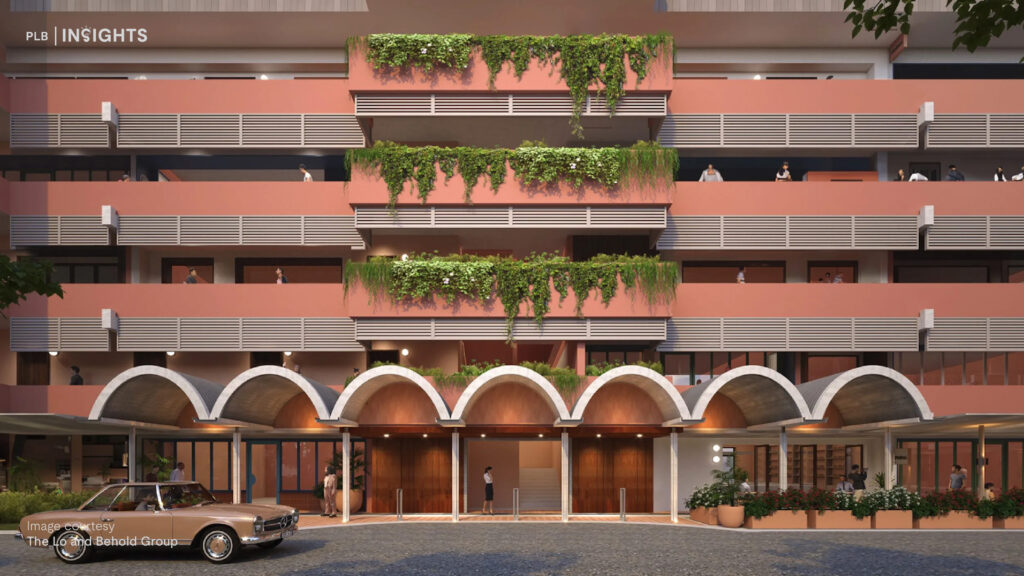
Singapore’s heritage is embodied in its historic neighbourhoods and buildings, where the charm of past decades meets the city’s modern, ever-evolving urban landscape. However, as gentrification—the influx of affluent investment that alters a neighbourhood’s character—takes hold, these spaces lose their unique cultural essence. A prominent example of this transformation is New Bahru. Once the site of a local campus and revitalised by the Lo and Behold Group – New Bahru has been remodelled as a “lifestyle destination for creatives,” with a focus on preserving its architecture and the historic legacy of the school. Today, it has evolved into a trendy, upscale district that has drawn a wave of new businesses and affluent residents. While this shift brings economic growth and fresh amenities, it raises important questions about preserving heritage, affordability, and community identity.
This article examines how New Bahru, through its transformation from campus to creative hub, illustrates the broader impact of gentrification on Singapore’s historic areas. We’ll look at the driving factors behind this change, explore its impact on local culture and residents, and consider what this trend could mean for the future of heritage preservation across the city.
The Rise of New Bahru: A Case Study in Gentrification
New Bahru was originally home to a girls’ school, a local campus whose buildings showcased Singapore’s unique architectural style. The area, adorned with art deco elements and vintage facades, represented a historical chapter in Singapore’s education landscape. After the former girls’ school campus closed, it was reimagined as Singapore’s first lifestyle destination centred on local brands across retail, F&B, wellness, and hospitality. Spearheaded by The Lo & Behold Group, New Bahru showcases Singapore’s creative talent through a curated selection of home-grown boutiques, restaurants, and lifestyle brands. Named ‘New Bahru’—meaning ‘New New’ in Malay—the space aims to foster a vibrant creative community, blending heritage with a fresh, modern spirit.
This transformation has drawn a wave of businesses, from artisanal cafés to design studios, appealing to a younger, affluent demographic with a keen appreciation for heritage and innovation. Featuring around 40 unique concepts, half of which are currently open, New Bahru enables local talent to break free from traditional commercial settings, offering bold brand expressions and collaborative opportunities within an inspiring community. For instance, key additions include Alma House, a new serviced apartment concept, and Hideaway, a wellness retreat that combines traditional practices like gua sha and tui na with contemporary treatments such as contrast therapy.
While the decision to preserve New Bahru’s architectural heritage was driven by a desire to retain the character of the area, the rise of upscale businesses has reshaped the community. What was once a quiet academic enclave is now a vibrant, trendy district. With its unique combination of historical charm and modern amenities, New Bahru has become a hotspot for urbanites and creatives, leading to a shift in the local business landscape.
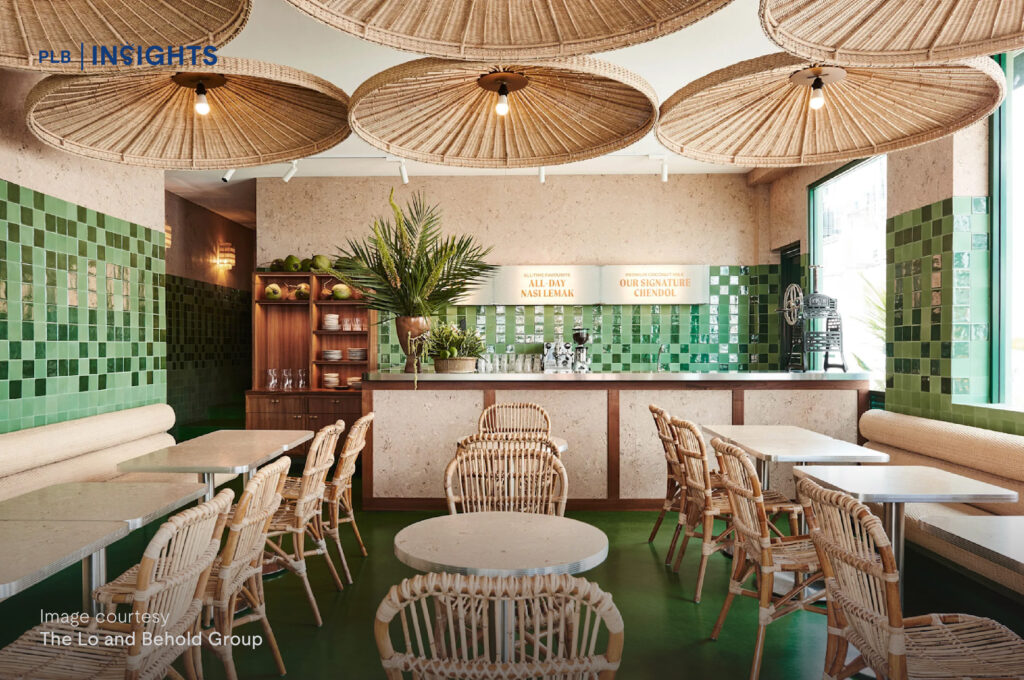
Understanding the Drivers of Gentrification in Singapore
Several factors have spurred the transformation of New Bahru from a former campus into a high-demand, gentrified neighbourhood. One major influence is Singapore’s limited land resources, which places immense pressure on urban development and optimisation. By preserving the campus and transforming it into a lifestyle destination, New Bahru offers an economically attractive alternative to redevelopment, allowing landlords to charge higher rents while still honouring the architectural heritage of the area.
The appeal of New Bahru lies not only in its design but also in its targeted identity as a creative hub, which resonates with changing consumer preferences. With rising incomes, many Singaporeans and expatriates now seek experiential neighbourhoods that offer a unique blend of culture, shopping, and dining. By repurposing the campus, New Bahru taps into this demand, attracting those looking for a lifestyle-oriented destination with historical value. This transformation aligns with a broader trend where districts with preserved architecture become prized as cultural hotspots, amplifying their appeal through social media and increasing visitor interest.
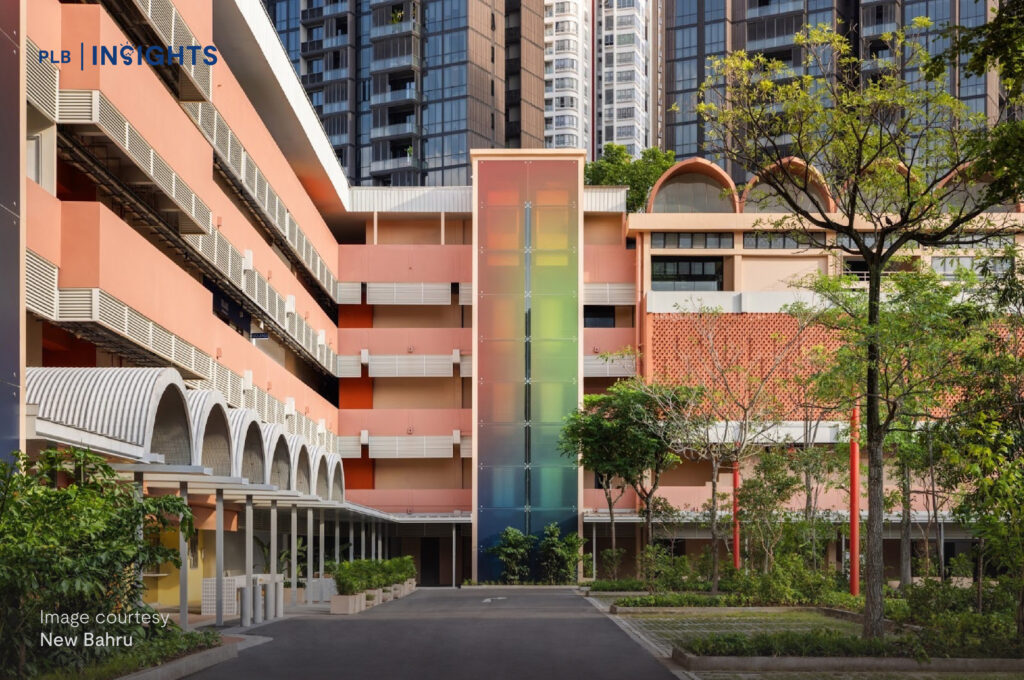
The Impact on Local Culture and Community
The gentrification of New Bahru, though rooted in preserving its architectural heritage, has led to substantial changes within the community. For one, the arrival of trendy businesses and the influx of a younger demographic have shifted the local culture away from its traditional roots. As the area grew into a lifestyle destination for creatives, traditional businesses were gradually replaced by artisanal shops, cafés, and boutiques that align with the new, modern identity of the district. This shift, while revitalising the local economy, has eroded some of the original community spirit.
For some, the preservation of the area’s historical buildings and their transformation into cultural spaces is a welcome improvement. However, others feel that the soul of the neighbourhood—the essence of its academic and historical roots—has been replaced by a more commercialised atmosphere that prioritises aesthetics over community. With that said, however, there are growing communities that have started using such spaces for their events and activities. The rise of running clubs in recent years, especially post-pandemic, is one such example. Some running clubs have started using these spaces to host their group runs and collaborations with local businesses and cafes.
Architectural preservation is another complex aspect of New Bahru’s transformation. While the original campus buildings were preserved to celebrate their historical significance, renovations have often prioritised aesthetic appeal for commercial purposes. Many older elements of the campus have been replaced or adapted to suit the needs of modern businesses, altering the authentic feel of the area. This change highlights a common trend in gentrified areas where, despite intentions to retain heritage, the commercialisation of preserved spaces can dilute their historical significance.
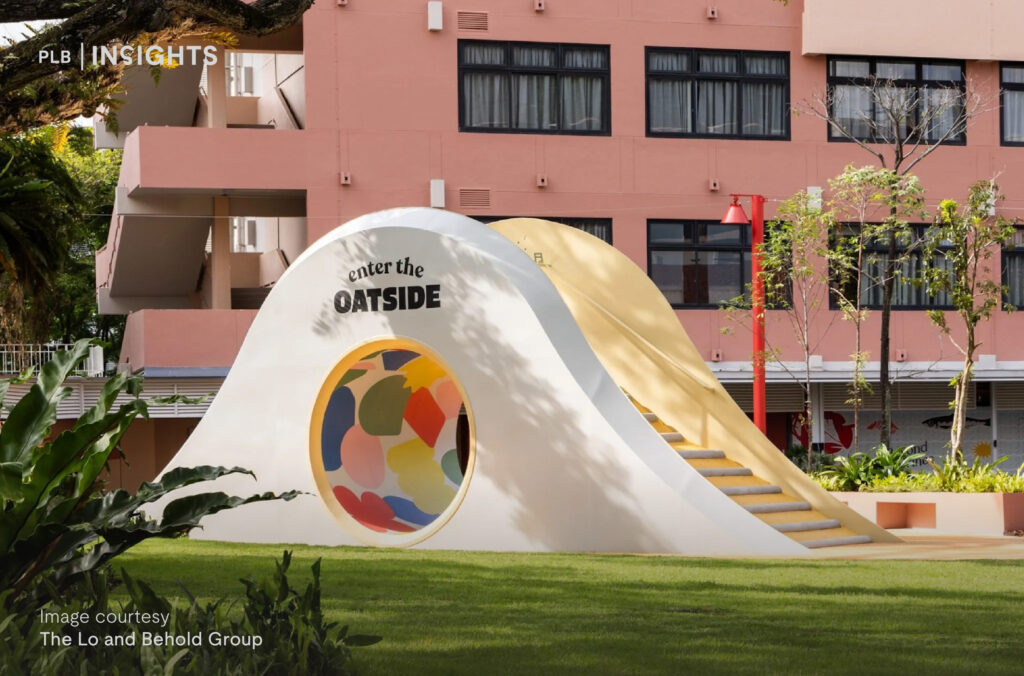
The Dual Nature of Gentrification: Pros and Cons
The gentrification of New Bahru illustrates both the positive and negative impacts of such transformations. On one hand, converting the old campus into a creative hub has economically revitalised the area, drawing in new businesses and an influx of visitors. The transformation has led to improvements in infrastructure, enhanced public spaces, and increased job opportunities, making New Bahru a vibrant, attractive place for both residents and tourists.
At the same time, the transformation of New Bahru has brought certain drawbacks. The rise of a “lifestyle destination” prioritised for affluent consumers risks replacing the area’s academic and community spirit with a more uniform, upscale appeal. While the historical campus buildings remain, the social fabric of the neighbourhood has changed, leaving some to question whether heritage is being commodified to attract investment. For many, gentrification here symbolises a delicate balance between preserving the past and accommodating the demands of the present.
Moreover, the preservation of architectural elements can be viewed as a double-edged sword. While retro facades and vintage aesthetics draw crowds, without the original academic community and businesses that once populated the area, these preserved structures risk becoming mere facades of history, lacking the authenticity they once held. This tension between cultural preservation and commercial gain is a recurring theme in gentrified spaces and reflects the complex nature of heritage conservation in urban settings.
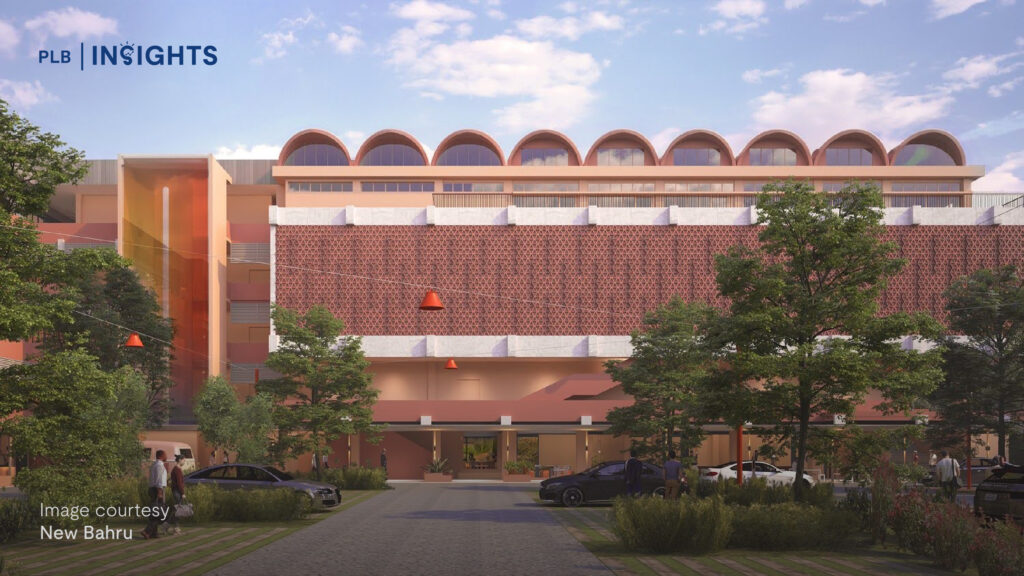
New Bahru and the Future of Heritage Conservation in Singapore
The transformation of New Bahru from campus to creative hub illustrates the broader challenge Singapore faces in balancing heritage and modernisation. While the preservation of historical buildings like those in New Bahru provides economic and aesthetic benefits, it also underscores the need for policies that consider community impact. As Singapore’s urban landscape evolves, policymakers and developers may need to adopt a more balanced approach to heritage conservation, one that respects and integrates the history and character of these spaces.
A potential solution could involve offering incentives to retain local businesses and limit the displacement of existing communities. For example, affordable rental schemes for traditional businesses might help maintain the character of heritage-rich areas while allowing for the introduction of new ventures. Zoning policies could also play a role in preserving architectural and cultural integrity, preventing modifications that detract from the historical value of sites like the former campus in New Bahru.
Community engagement is another crucial element in conserving heritage while accommodating change. By involving residents and stakeholders in development processes, Singapore can ensure that transformations reflect the values of those who cherish these spaces. Initiatives that celebrate local history, such as cultural festivals or exhibitions within preserved buildings, could foster a sense of pride and inclusivity in gentrified areas, creating a bridge between tradition and modernity.
Closing Thoughts
The transformation of New Bahru serves as a microcosm of Singapore’s broader struggle to balance heritage and urban growth. While preserving the architecture of a historic campus and remodelling it into a lifestyle destination has brought renewed interest and economic vitality, it also risks erasing the community spirit that once defined the area. Singapore’s heritage sites need a careful approach that goes beyond visual preservation, aiming instead to protect the social and cultural roots of these places.
As Singapore continues to grow, striking a balance between progress and preservation will be essential. By implementing policies that support both community interests and economic growth, Singapore can evolve its historic districts in ways that honour their past. New Bahru’s journey from campus to creative hub offers a valuable reminder that, even in a fast-paced city, history and heritage are irreplaceable resources that must be protected for future generations.
Looking for rare gems near such conserved sites? If you’re on the hunt for your dream home, do reach out to us here and our team of experienced consultants will be glad to help you navigate the market. See you in the next one!







